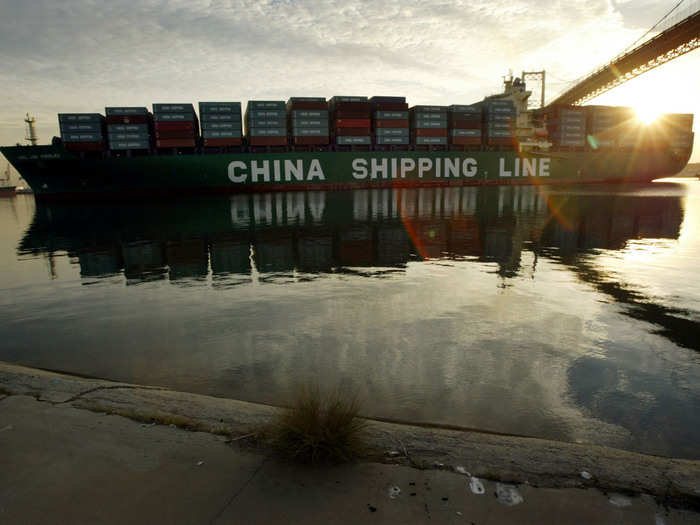
As part of the phase-one agreement, US negotiators agreed to lowered tariffs on $120 billion worth of Chinese products to 7.5% from 15%. A 25% tariff remains on roughly $250 billion worth of imports.
The US also canceled plans to target all additional imports including electronics and toys. China suspended a pledge to retaliate in-kind.

The Trump administration said China agreed to buy more from the US agricultural, manufacturing, energy and services sectors. That would lead to $200 billion worth of additional American exports within the next two years, according to the Office of the US Trade Representative.
A farm purchase quota touted by administration officials has not been confirmed by China yet. Economists and industry groups have questioned the $50 billion figure, which would be more than double the $24 billion in agricultural products that China bought in 2017.

The trade agreement includes a mechanism to enforce its rules, which would include regular bilateral consultations and the possibility of tariff snapbacks. Concessions could be suspended if either side decides the other has violated a provision of the agreement, according to a senior administration official.
"We can take action," the official said. "It could be potentially in the form of tariffs, but we have the ability to take that action if they are not."

The USTR said the trade agreement would also ease pressure on foreign companies to hand over technology in order to access the Chinese market. But that pledge was seen as the result of new foreign investment legislation, which has been criticized for potential loopholes.
"It's not clear how much we moved the Chinese on tech transfer, as the new Foreign Investment Law already made it illegal to force transfer," said Mary Lovely, a trade scholar at the Peterson Institute for International Economics. "Overall, I view this as a ceasefire with significant purchases attached."

The trade agreement includes chapters on some of the core issues the Trump administration cited in its Section 301 investigation, which ignited the trade dispute in early 2018. It calls on China to enhance intellectual property protections for companies who have long complained about infringement of copyrights and trade secrets.

Trump has long been frustrated over the relative exchange rate of the yuan and the dollar, arguing that weakness put US companies at a disadvantage and offset the effects of punitive tariffs. Over the summer, the Treasury Department labeled China a currency manipulator for the first time in decades.
The USTR said the trade agreement addressed that issue through "high-standard commitments to refrain from competitive devaluations and targeting of exchange rates, while promoting transparency and providing mechanisms for accountability and enforcement."
 Freecharge’s productivity revolution – unleashing efficiency across teams
Freecharge’s productivity revolution – unleashing efficiency across teams
 "No Sign Of Life" at President Raisi's helicopter crash site, says Iran State TV
"No Sign Of Life" at President Raisi's helicopter crash site, says Iran State TV
 Stock markets closed today for fifth phase of voting
Stock markets closed today for fifth phase of voting

Copyright © 2024. Times Internet Limited. All rights reserved.For reprint rights. Times Syndication Service.